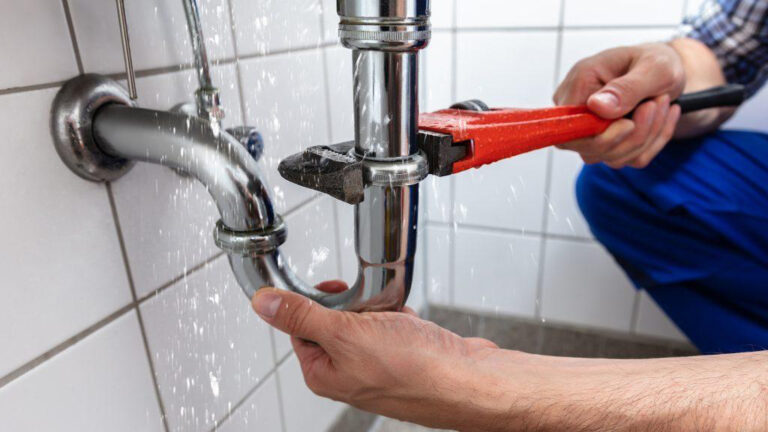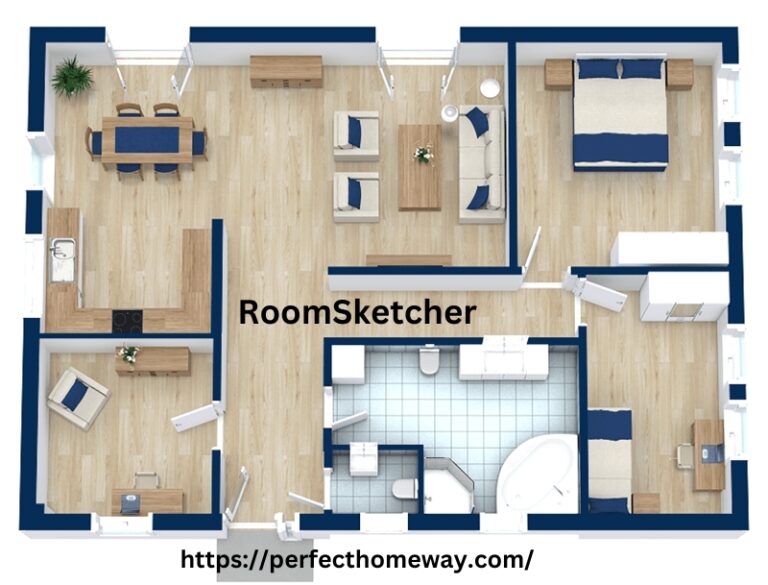The Ultimate Guide to Choosing the Perfect Sliding Screen Door

When it comes to enhancing the functionality and comfort of your home, few additions are as practical and versatile as a sliding screen door. Whether you want to enjoy the summer breeze without inviting insects in or create a seamless indoor-outdoor experience, a sliding screen door offers the perfect solution. This comprehensive guide will walk you through everything you need to know—from the benefits of installing one to choosing the right type for your space.
What Is a Sliding Screen Door?
A sliding screen door is a movable mesh or metal-framed door that slides open horizontally, typically along a track parallel to a glass sliding door. It acts as a barrier that allows fresh air and light into your home while keeping out bugs, debris, and sometimes even pets. Sliding screen doors are commonly used for patios, balconies, and backyard entrances, and they come in a wide variety of sizes and materials to suit different architectural styles and household needs.
These doors are most often paired with glass sliding doors, allowing for dual functionality: visibility and airflow from the screen while maintaining insulation and security from the glass panel.
Benefits of Installing a Sliding Screen Door
1. Improved Ventilation and Natural Light
Sliding screen doors allow fresh air to circulate throughout your home while letting in ample natural light. This reduces your reliance on artificial lighting and air conditioning, which can translate into energy savings over time.
2. Insect Protection
One of the primary reasons homeowners opt for a sliding screen door is to keep insects and pests out. Whether you’re hosting a backyard barbecue or simply enjoying a quiet evening, the screen door creates a protective barrier while still giving you that open-air feel.
3. Enhanced Aesthetics and Property Value
A well-chosen screen door can complement your home’s design and add to its curb appeal. In many cases, installing a quality sliding screen door can also increase your home’s resale value by improving its functionality and aesthetic appeal.
4. Easy Access to Outdoor Spaces
For families who frequently use outdoor spaces like decks or patios, a sliding screen door offers quick, easy access without the hassle of swinging doors or heavy installations.
5. Pet-Friendly Options
Many modern sliding screen doors come with pet-resistant mesh or even built-in pet doors. This means your furry friends can come and go without damaging your screen or requiring constant supervision.
Types of Sliding Screen Doors
There are several styles of sliding screen doors to choose from, depending on your budget, needs, and aesthetic preferences.
Standard Aluminum Frame
This is the most common type of sliding screen door. It’s lightweight, affordable, and resistant to rust, making it ideal for humid climates.
Heavy-Duty Steel Frame
If durability is a priority, a steel-framed sliding screen door offers extra strength. These are particularly good for households with pets or young children who might be rough on doors.
Retractable Screen Doors
These are a sleek option that rolls or folds into a side housing when not in use. Retractable doors are perfect for maintaining your home’s appearance and are ideal for areas where space is limited.
Wooden Frame
While less common, wooden sliding screen doors add a touch of elegance and charm. They are better suited for rustic or traditional homes but may require more maintenance.
Customizable and DIY Kits
If your door opening is non-standard, many manufacturers offer customizable screen door kits. These can be cut to size and assembled at home, providing a flexible option for hard-to-fit spaces.
Choosing the Right Sliding Screen Door
Before purchasing a sliding screen door, it’s important to evaluate your specific needs. Here are some key factors to consider:
Size and Fit
Measure your existing doorway carefully. Even a small mismatch can cause the door to stick or leave gaps for insects to enter. Many home improvement stores offer adjustable doors that can be trimmed or fitted to a range of sizes.
Mesh Material
Screen mesh comes in various materials such as fiberglass, aluminum, and stainless steel. Fiberglass is flexible and affordable, while aluminum offers more durability. For maximum protection, stainless steel mesh is the most robust and long-lasting.
Locking Mechanisms
If security is a concern, look for sliding screen doors that come with multi-point locking systems or deadbolt-compatible frames. Some doors also feature child-proof locks for added peace of mind.
Ease of Installation
Some sliding screen doors are designed for quick and easy installation with minimal tools, while others may require professional help. Always check installation guidelines before buying.
Style and Finish
Choose a finish that complements your home’s exterior. Options range from basic white and black to bronze, silver, and even woodgrain effects.
Maintenance Tips for Your Sliding Screen Door
To keep your sliding screen door in top condition and extend its lifespan, follow these maintenance tips:
1. Clean the Tracks Regularly
Dirt and debris can accumulate in the door tracks, making it hard to slide. Use a vacuum or soft brush to clean the track every few weeks, and apply a silicone-based lubricant if the door becomes sticky.
2. Inspect the Mesh
Check the mesh for tears or holes regularly. Minor damage can often be repaired with a patch kit, while larger damage may require a full screen replacement.
3. Tighten Loose Screws
Sliding screen doors have various moving parts that can become loose over time. Periodically inspect and tighten any screws on the frame, rollers, and handles.
4. Replace Rollers When Necessary
If your screen door is difficult to move, the rollers might be worn out. Replacing them can dramatically improve functionality and is often a simple DIY fix.
Eco-Friendly and Energy-Efficient Options
More homeowners are now seeking environmentally friendly home upgrades. A sliding screen door can be part of that initiative. Some screen doors are designed with energy efficiency in mind, including solar-reflective mesh and UV-blocking coatings. These options help reduce heat transfer, keeping your home cooler in the summer and reducing air conditioning use.
Additionally, by allowing more natural airflow, screen doors can cut down on the need for electric fans and other cooling systems.
Common Issues and How to Fix Them
Even the best sliding screen doors can experience problems over time. Here are some common issues and quick solutions:
Door Doesn’t Slide Smoothly
Cause: Dirty or damaged track
Solution: Clean the track thoroughly and apply a lubricant. If damage is severe, consider replacing the track or rollers.
Mesh is Torn
Cause: Pet damage or wear-and-tear
Solution: Use a screen repair kit for small holes or replace the screen completely.
Door Falls Off Track
Cause: Misalignment or worn-out rollers
Solution: Realign the door and inspect the rollers. Replace them if needed.
Cost and Installation
Prices for sliding screen doors vary based on size, material, and additional features. Here’s a rough cost breakdown:
- Basic fiberglass model: $50–$100
- Aluminum or steel frame: $100–$250
- Retractable or custom screen doors: $250–$600+
Installation costs can range from DIY (free) to professional installs costing $75–$150 depending on complexity.
If you’re handy with tools, many manufacturers provide user-friendly installation guides. However, if you have an irregular frame or need structural adjustments, hiring a professional may be the safer option.
Sliding Screen Door Trends in 2025
As home design continues to evolve, so does the humble sliding screen door. Here are some trends gaining popularity in 2025:
- Smart Screen Doors: With IoT integration, smart screen doors can alert you if they’re left open or detect when someone enters or exits.
- Decorative Mesh Designs: Custom mesh patterns, such as geometric or nature-inspired designs, are becoming a unique aesthetic feature.
- Eco-Conscious Materials: More brands are offering recyclable or biodegradable mesh and frames.
- Color Customization: Homeowners can now order doors in a wide range of powder-coated colors to match their home’s color palette.
Conclusion
A sliding screen door is more than just a barrier between your home and the outdoors—it’s a smart, stylish, and functional upgrade that can improve ventilation, security, and aesthetic appeal. With a wide range of options in materials, sizes, and features, there’s a screen door to suit every home and lifestyle.
Whether you’re replacing an old screen or installing one for the first time, making an informed decision will help you enjoy the benefits for years to come. So open up to fresh air, keep the bugs out, and let your sliding screen door become a seamless extension of your living space.






